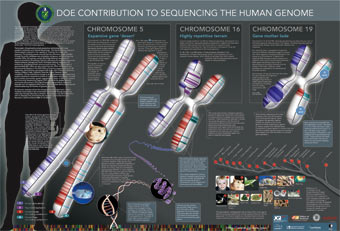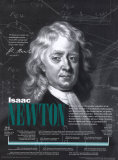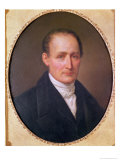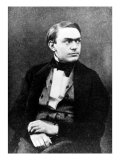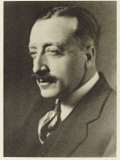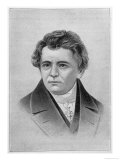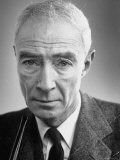|
|
|
|
|
|
|
|
|
|
|
|
|
|
SCIENCE:
PHYSICS & CHEMISTRY
|
|
|
|
|
|
|
|
|
|
|
|
|
|
|
|
|
|
|
 |
|
|
|
|
|
|
Isaac Newton
b. 12-25-1642; Woolsthorpe-by-Colsterworth, Lincolnshire, England
d. 3-20-1727; London
Poster Text: “If I have ever made any valuable discoveries it has been owing more to patient attention than to any other talent .” Isaac Newton
Known as one of the greatest scientists of all time Issac Newton was a physicist, mathematician and astronomer. He discovered the law of gravity and created the field of calculus, found that white light is composed of many colors, and developed three standard rules of motion still used today. Newton’s laws of motion and theory of gravitation are cornerstones of modern physics.
• more Isaac Newton posters
• more Heroes of Science & Technology posters
|
|
|
|
Nicephore Niepce, née Joseph
b. 3-7-1765; France
d. 7-5-1833
Nicephore Niepce is considered to have taken the first known photograph in 1825.
He and his brother Claude also invented the world's first internal combustion engine for which they received at patent in 1807 from Napoleon Bonaparte.
• The Camera: Inventions That Shaped the World
|
|
|
|
|
|
|
Emmy Noether
b. 3-23-1882; Erlangen, Germany
d. 4-14-1935; Bryn Mawr, PA
Emmy Noether, described as “the most important woman in the history of mathematics” made groundbreaking contributions to abstract algebra and theoretical physics. In mathematics Noether worked in the theories of rings, fields, and algebras, and in physics the fundamental connection between symmetry and conservation laws.
Einstein said of Noether, “In the judgment of the most competent living mathematicians, Fräulein Noether was the most significant creative mathematical genius thus far produced since the higher education of women began.”
|
|
|
|
John Howard Northrop
b. 7-5-1891; Yonkers, NY
d. 5-27-1987; Arizona
Biochemist John Howard Northrop shared the 1946 Nobel Prize in Chemistry with Wendell Meredith Stanley “for . . . preparation of enzymes and virus proteins in a pure form”.
|
|
|
|
|
|
|
J. Robert Oppenheimer
b. 4-22-1904; New York City, NY
d. 2-18-1967; Princeton, NJ
The first atomic bomb was built by a team of scientists, called the Manhattan Project, headed by the American physicist J. Robert Oppenheimer.
In 1965 Oppenheimer, in an interview about the Trinity test, the first nuclear explosion, recalled, “We knew the world would not be the same. A few people laughed, a few people cried. Most people were silent. I remembered the line from the Hindu scripture, the Bhagavad-Gita; Vishnu is trying to persuade the Prince that he should do his duty, and to impress him, takes on his multi-armed form and says, 'Now I am become Death, the destroyer of worlds.' I suppose we all thought that, one way or another.”
The first and second nuclear weapons were dropped on Japan by the United States to end World War II.
FYI - Oppenheimer chose the name ‘Trinity’ from poet John Donne's Holy Sonnets.
• Einstein posters
|
|
|
previous page | top | next
Famous Chemist & Physicists List | a | b | c | d-e | f | g | h | i-j-k | l | m | N-O | p | q-r | s | t | u-z
|
|
I have searched the web for visual, text, and manipulative curriculum support materials - teaching posters, art prints, maps, charts, calendars, books and educational toys featuring famous people, places and events - to help teachers optimize their valuable time and budget.
Browsing the subject areas at NetPosterWorks.com is a learning experience where educators can plan context rich environments while comparing prices, special discounts, framing options and shipping from educational resources.
Thank you for starting your search for inspirational, motivational, and educational posters and learning materials at NetPosterWorks.com. If you need help please contact us.
|
|
|


